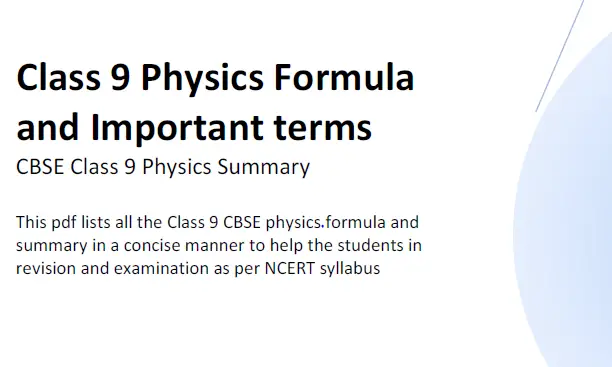The resistance of an ideal voltmeter is considered to be infinite. This characteristic is crucial for the accurate measurement of voltage (potential difference) across two points in a circuit without affecting the circuit itself.
Concept of Ideal Voltmeter
An ideal voltmeter is a theoretical device that measures the potential difference between two points in a circuit. Its design assumption is that it draws no current from the circuit during measurement. This is only possible if its resistance is infinite, based on Ohm’s law, since for a given potential difference, zero current will flow only if the resistance is infinite ($I = \frac{V}{R}$; if $R \to \infty$, $I \to 0$).
Why Infinite Resistance is Required
- A voltmeter is connected in parallel with the component across which voltage is measured.
- If the voltmeter had finite resistance, it would provide an additional path for current, altering the current distribution in the circuit and the actual potential difference to be measured.
- With infinite resistance, no current flows through the voltmeter, so it does not influence the circuit or the measurement, ensuring an exact reading of the true potential difference.
Practical vs. Ideal Voltmeters
- In practice, no physical voltmeter can have truly infinite resistance, but modern digital voltmeters are designed to have very high resistance (often several megaohms) to approximate ideal behavior.
- The higher the resistance of the voltmeter, the closer its behavior is to the ideal, and the smaller the measurement error introduced into the circuit.
Summary Table
| Instrument | Resistance (Ideal) | Purpose |
|---|---|---|
| Voltmeter | Infinite ($\infty$) | Measure voltage without affecting the circuit |
| Ammeter | Zero (0) | Measure current without dropping voltage |
In essence, the resistance of an ideal voltmeter is infinite to ensure that it does not allow any current to pass through it, thereby not disturbing the potential difference it is intended to measure.
